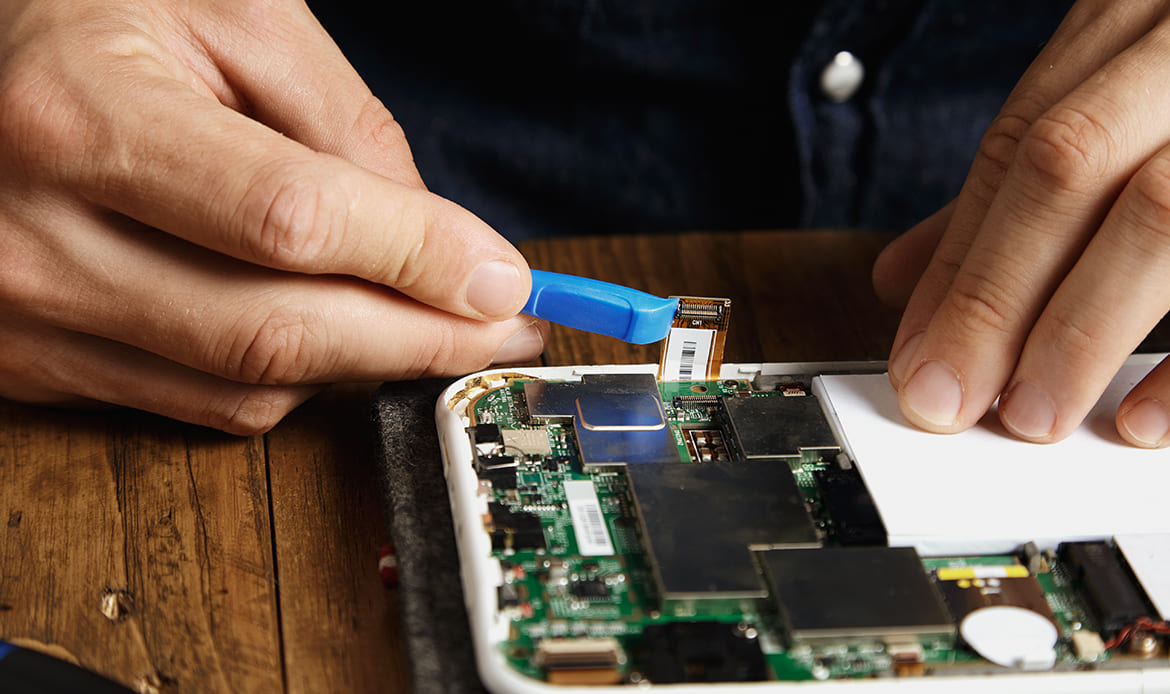Data Recovery: How to Protect Your Valuable Data
In today’s world, data is worth more than the devices it lives on. Photos, client files, business records, tax documents — once they’re gone, they’re often gone for good. As someone who’s been working in data recovery and repair for years, I can tell you this: most data loss is preventable if you take the right precautions.
Here’s my technician-approved guide to protecting your valuable data before you ever need recovery services.
1. Always Have a Backup Strategy
You’ve probably heard “always back up your files,” but let me break it down the way I tell my clients:
Local Backup: Keep a copy of important files on an external hard drive or NAS (network attached storage).
Cloud Backup: Services like Google Drive, OneDrive, or iCloud automatically sync your data in case your device fails.
The 3-2-1 Rule: 3 copies of your data, on 2 different types of storage, with 1 copy off-site. This is the gold standard.
I’ve seen too many businesses lose everything because they relied on a single laptop. Don’t make that mistake.
2. Protect Against Physical Damage
Hard drives and SSDs are tougher than they used to be, but they’re not indestructible. I’ve seen drives fail after being dropped just once.
Use shock-proof cases if you carry laptops or external drives often.
Keep your computer and drives away from heat, humidity, and dust.
Invest in a surge protector or UPS (uninterruptible power supply) — sudden power loss is a major cause of corrupted data.
3. Secure Your System Against Malware
Viruses, ransomware, and spyware are some of the fastest ways to lose access to your files. Once ransomware hits, recovery can be next to impossible without paying hackers.
Keep your antivirus and system updates current.
Avoid downloading shady “free tools” — they’re often bundled with malware.
Use strong passwords and enable two-factor authentication on cloud accounts.
A single infected email attachment has wiped out years of irreplaceable photos for one of my clients. Stay sharp.
4. Monitor Drive Health
Drives usually don’t fail without warning — they give off signs: clicking noises, frequent crashes, or files taking longer to open.
Use tools like CrystalDiskInfo (Windows) or Disk Utility (Mac) to monitor drive health.
If you notice errors, stop using the drive immediately — continued use can overwrite recoverable data.
Clone the drive to a new one before it dies completely.
5. Know When to Call a Professional
DIY recovery tools can work for simple deletions, but when a drive is physically failing, every attempt can make things worse. I’ve had clients who tried “cheap recovery software” and ended up overwriting what little was left.
Signs you need a pro:
Clicking or grinding noises
Drive not being detected at all
Water or fire damage
Important business or legal files at stake
In these cases, stop everything and get help — it increases your chances of getting the data back.
Final Thoughts
Protecting your valuable data isn’t just about reacting after disaster strikes — it’s about prevention. With a proper backup strategy, strong security, and a little attention to hardware health, you can save yourself the nightmare (and cost) of data recovery.
And if the worst happens? Don’t panic — but don’t try to force it either. Reach out to someone who’s been there before. I’ve helped countless clients recover files they thought were gone forever, and in most cases, quick action made all the difference.


